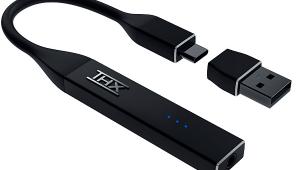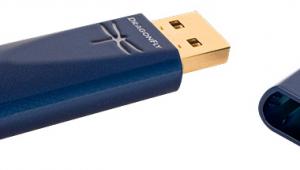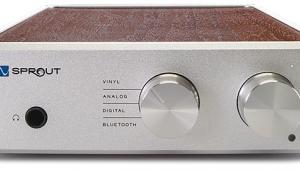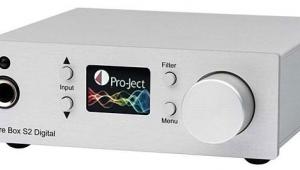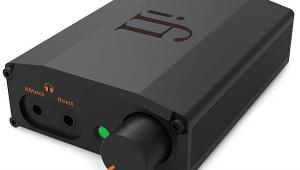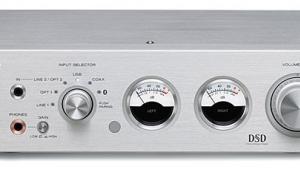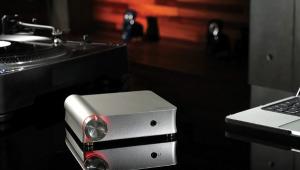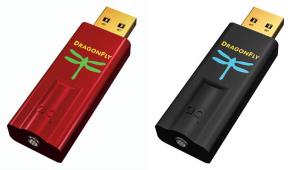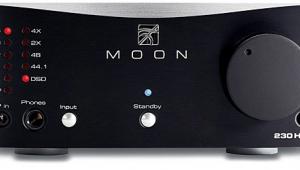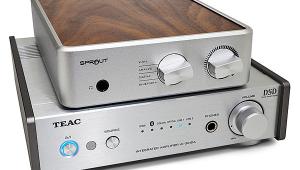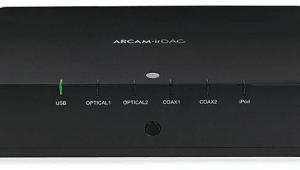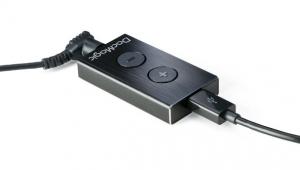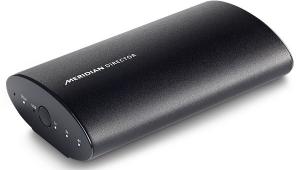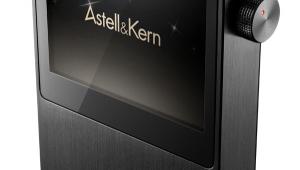Tangled Up in Bluetooth Page 7
Notes on the Measurements
There aren’t any measurement standards for small, inexpensive systems like the Bluetooth speakers tested here, so I had to experiment to find what measurements would be useful (and even possible) and how to present them. While the measurements shown here don’t exactly match the usual speaker measurements presented in S+V, the basic techniques are similar.
To measure frequency response, I placed each of the units on a 6-foot stand and measured them from a distance of 0.5 meters. With small products like these, this was adequate to capture not only the direct sound from the drivers but also the diffraction off the edges of the units, and close enough that none of them had to strain. I measured them on-axis and at 10, 20 and 30 degrees using a mono left-plus-right signal so that both stereo drivers would be active. Unfortunately, the off-axis response of these units was ragged whether I drove both channels or just the left, so the charts here show both the on-axis response and the averaged 0/10/20/30° response. I set the levels at 70 dBA SPL with -20 dB pink noise at 1 meter, a normal listening level the smallest units could handle. I was also able to grab some distortion measurements during this test: average distortion from 250 to 3,000 Hz at 70 dB SPL/1 meter for the small units and 80 dB SPL/1 meter for the Creative D100 and Panasonic SC-HC05.
To get the bass response, I close-miked the drivers and ports (if applicable), then scaled and summed them as appropriate—except in the case of the Panasonic SC-HC05. Not sure how to add the output of that unit’s dual woofers and quartet of passive radiators, I measured it using ground plane technique from 1 meter, which captures the entire bass output of the unit.
To judge maximum output level, I played the familiar Mötley Crüe track “Kickstart My Heart,” turned up the level until I encountered audible distortion, then backed the volume off a hair and measured the average output at 1 meter. A crude measurement, to be sure, but this highly compressed material provides the best and most repeatable maximum output test I’ve found. I’ve dubbed this test MCMäxxx™ to discourage lowlife websites from ripping off the idea.
To measure battery life, I played a test tone with alternating pink noise and silence and set each unit to deliver 70 dBA SPL at 1 meter, then noted the times that the units stopped working. Your results will vary depending on the music you play and how loud you play it.
- Log in or register to post comments
